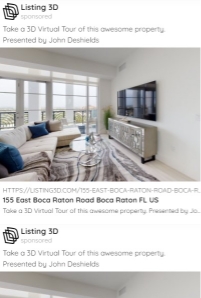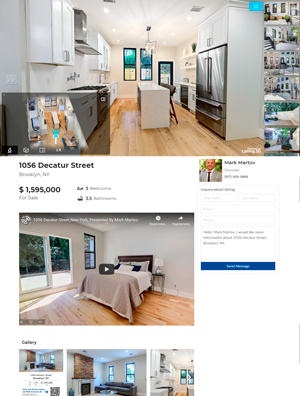Architectural Rendering Style Guide
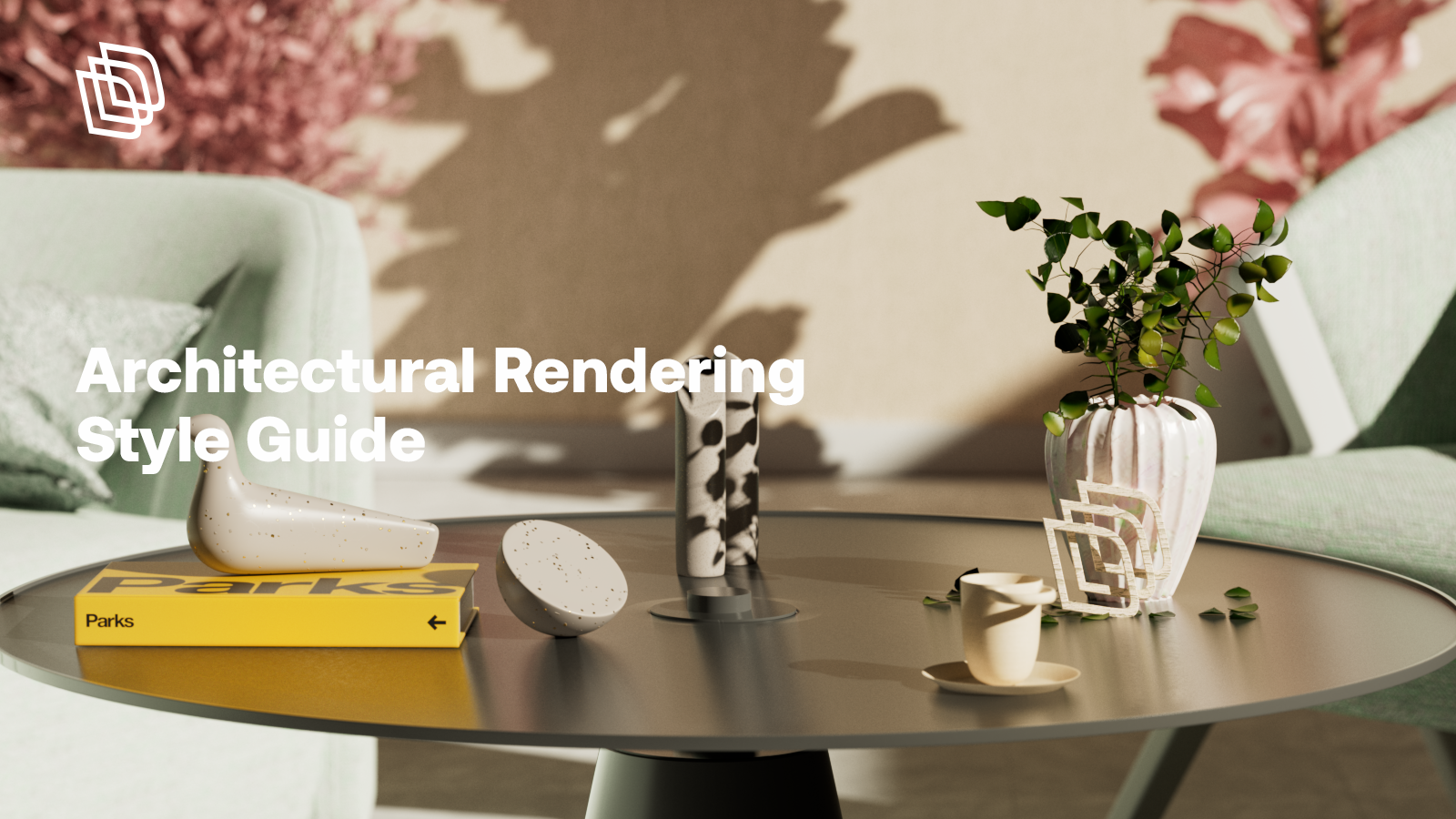
Most people are familiar with the basics of architectural rendering. They associate the practice with creating realistic images and models of houses and buildings. However, few are aware of all the components involved in providing visual context during an architectural rendering process.
The following article discusses what these elements are, how they work, and why they are important in architectural visualization. Read on to learn all the details.
Elements of Architectural Rendering
As mentioned, architectural visualization goes beyond laying out the dimensions of a property. It creates a photorealistic model that illustrates the project’s interiors and exteriors from various angles and in different lighting conditions.
They are the result of a variety of architectural rendering techniques, such as the visualization of lighting, rendering style, camera angles, and post-production.
Each adds accuracy and quality to the designs, thus making them as realistic as possible. As a result, prospective buyers can take a closer look at their future house, apartment, or office space and make informed decisions about its construction and renovation.
Types of Architectural Renderings
Architectural renderings are representations of an architectural design or building plan. They can be as simple as a sketch on a piece of paper or as complex as an elaborate 3D animation project. The following paragraphs discuss the most common types of architectural visualizations.
Traditional Architectural Rendering
Traditional architectural rendering is a method that predates today’s digital rendering technology. This technique produces physical drawings of buildings and other structures in pencil or watercolor. It was used by professional artists who created drawings based on architectural plans. The level of detail and sophistication usually depended on the artist.
Modern firms generally use rendering software to complete projects. Nevertheless, pencil drawings still come in handy at times. They’re used in the finishing stages when the project requires minor adjustments or tweaks.
Architectural Rendering in Photoshop
Photoshop is one of many rendering programs studios employ to complete a project. Artists who work with it usually rely on a perspective exported from another 3D program. The export serves as a template, which they color and embellish.
Photoshop-generated images can represent the exterior and interior of a property and feature as many details as necessary. However, the quality of the final images heavily depends on the capabilities and talents of the artists. Therefore, many architectural rendering companies use Photoshop exclusively during the post-processing stages to add the finishing touches to the design.
3D Architectural Rendering
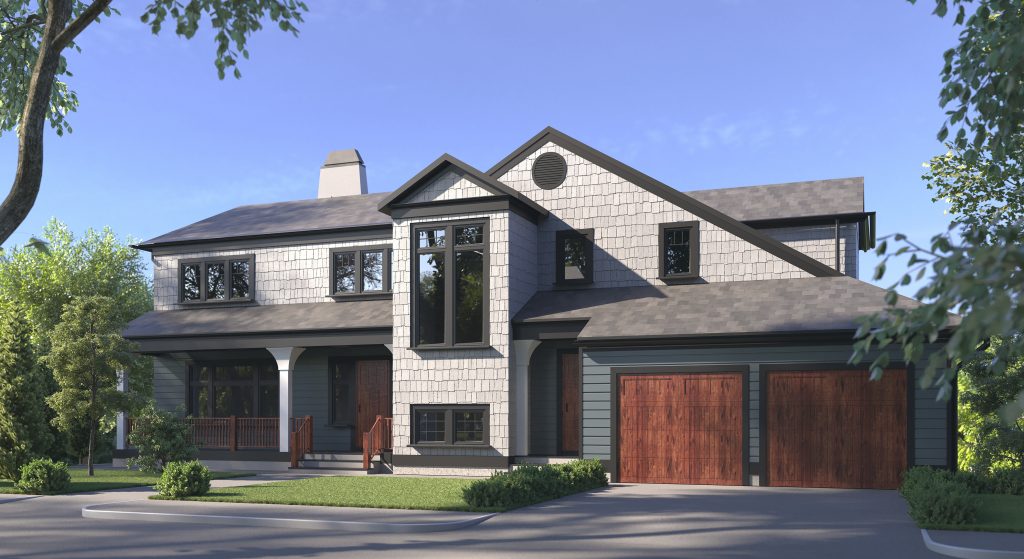
3D rendering techniques are among the most popular rendering methods today. They produce CGI or realistic images of real estate from various perspectives. Thanks to advanced software, these rendered images feature exterior and interior renderings, aerial views, landscaping, surroundings, and more.
Unlike the rendering types discussed above, digital 3D modeling takes the burden off the artist. Automated processes facilitate the entire architectural rendering process. They streamline project creation and take care of revisions and corrections.
That’s not to say the artist does none of the work — 3D modeling, texturing, and lighting require a great deal of dedication and effort. However, modern rendering software makes the procedure less time-consuming and more effective.
Lighting in Architectural Rendering
Lighting represents one of the essential elements of every architectural project. It adds realism to the design and lets clients visualize a property at various times of day and in numerous weather conditions. Different styles of lighting also define the color palette and mood of the final image.
Time of Day Lighting Styles
Architectural rendering artists use different styles of lighting according to the time of day. This way, they showcase a building at various levels of illumination and brightness. Each serves a particular purpose and contributes to the quality of the proposed architectural designs in a unique manner.
When used in interior rendering, daytime lighting shows how much natural light a space gets during the day. On top of that, it helps clients see how artificial light sources distribute light in a specific layout. Daylight also brightens an image and adds an inviting tone to exterior renderings. It’s often used to market gated communities, tract housing, or similar projects.
Dusk and dawn lighting are the second most common rendering styles in 3D modeling. They offer a richer color palette than daylight renderings and are more visually striking. The cool-tone background offsets the warm and cozy lights coming from the advertised property.
Artists use these lighting styles to accentuate the grandeur of a building. Unsurprisingly, they’re usually found in architectural renderings of large apartment buildings, vacation properties, hotels, and similar.
Night lighting doesn’t often appear in architectural models. Nevertheless, it’s present in aerial renderings marketing the metropolitan lifestyle associated with highrise development and towers.
Weather Conditions Lighting Styles
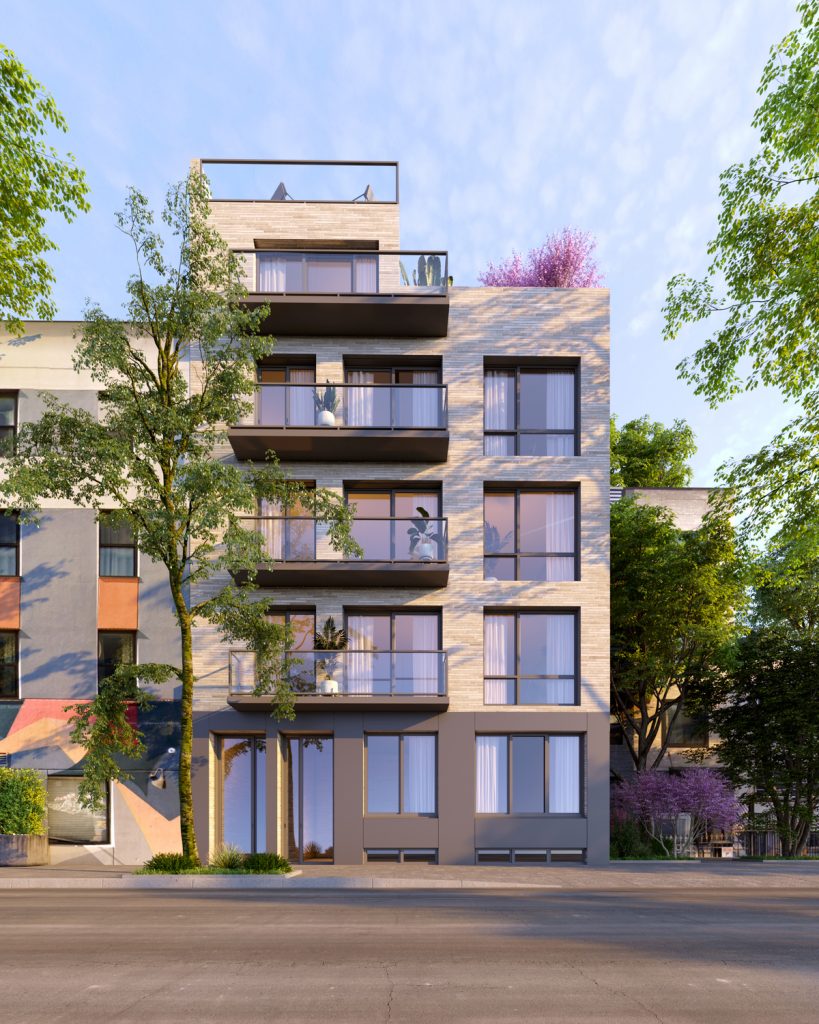
Most architectural renderings feature sunny weather and clear skies. However, 3D rendering artists sometimes use poor weather conditions to highlight the advertised property. For instance, snow scenes provide a cool and gloomy background. They allow rendering creators to emphasize the coziness and warmth of the real estate at the center of the image.
Stormy scenes have a similar effect. They add a dramatic dimension to buildings and are often part of projects depicting avant-garde concepts. However, gloomy-weather lighting is rarely used in the real estate industry. These architectural rendering techniques appear in design competitions, presentation projects, and magazine publications.
Perspective in Architectural Rendering
Perspective ranks high on the architectural rendering importance scale. Camera angles determine how we see the rendered property. They can accentuate particular features, colors, landscaping, and surroundings or detract from them. These choices can change the overall tone the image sets and the emotional impact it evokes.
Modern digital rendering programs offer all camera angles and settings you can imagine. The following sections will discuss the most common ones.
- Three-quarter street level — This camera angle is the most common in real estate architectural renderings. It’s popular because it flatters all properties, regardless of their size and shape. It displays the building from a slightly elevated angle and provides a solid view of its landscaping and environment.
- Straight-on street level — Second most common 3D rendering camera angle is the straight-on perspective. It differs from the example mentioned above in that it shows only one elevation of the design. 3D artists use it to illustrate the roof lines of a building or the way it fits into the neighborhood. Projects with this kind of visual representation are often part of property approval documentation.
- Aerial view — Aerial renderings depict properties from a bird’s eye perspective. They’re an excellent way for render creators to show traffic flow and environmental aspects. As a result, they’re usually found in exterior rendering projects of industrial properties or large-scale developments.
- Drone renderings — This method incorporates a completed 3D real estate model into a drone photo. It displays the architectural design of a building against its surroundings and shows off its special features. Since drone views don’t involve background rendering, they are very time- and cost-effective.
- Shadow analysis — 3D visualization models that serve for shadow analysis are aerial renderings. Regulatory boards use them to grant construction approvals.
- Standard interior view — The purpose of this rendering perspective is to create images you would be able to make with a real camera. It offers closeups of the furniture, walls, doors, windows, and more. Plus, it illustrates how natural and artificial light interacts in an enclosed space.
- Impossible perspective view — Impossible perspective renderings let artists showcase the interior design of a house or an apartment by isolating it from its surroundings or removing walls, windows, and doors. They include cutaway renderings, which show the exterior and interior of a property at the same time. These 3D models provide a clear understanding of a real estate property’s layout and traffic flow.
3D Architectural Rendering Styles
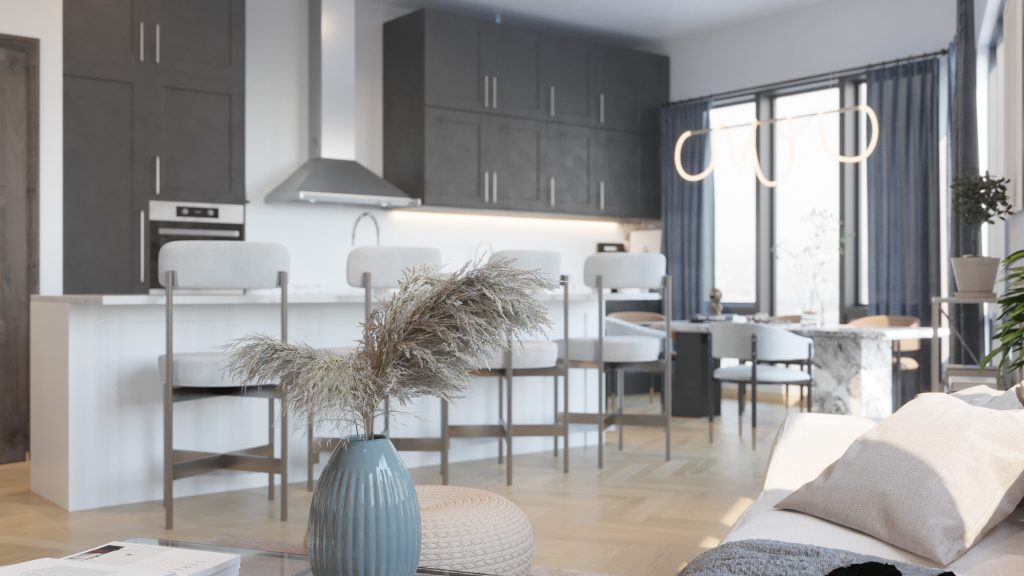
3D rendering software allows artists to produce images and animations of various styles. In the following list, you will find how they differ. Have a look.
- Photorealistic rendering — This style of rendering mimics real-life photographs. It involves a high level of detail and precise representation of light and shadow. It’s one of the most challenging rendering techniques to master. Depending on the project, it can be highly complex and time-consuming.
- SketchUp rendering — SketchUp is a computer program for intuitive 3D rendering. It’s simpler to use, as it offers fewer design tools and a smaller item library than other rendering programs. Consequently, it produces clean but less detailed 3D images.
- Collage — This rendering style creates visuals by combining various elements. It can cut out objects from images made in programs like Photoshop or pick up scenes from 3D models. Rendering studios like to use this technique to conceptualize ideas.
- Fairytale rendering — The so-called fairytale rendering style is the method 3D artists use when rendering traditional homes. It’s characterized by a warm color palette and soft lighting. In addition, it includes visual effects like fluttering leaves or flying birds.
- Natural environment rendering — This architectural rendering style is ideal for projects with a vast natural setting. The focus is on landscaping, vegetation, and other environmental aspects. The photo of the building is usually inserted into the render at the very end. It takes little space in the final image.
- Film noir rendering — A 3D visualization with a film noir rendering style uses desaturated images and cool, dark blue tones. It gives an edge to the property it’s depicting, so it’s commonly used for modern buildings and mid-century home renderings.
Post-Production Rendering Techniques
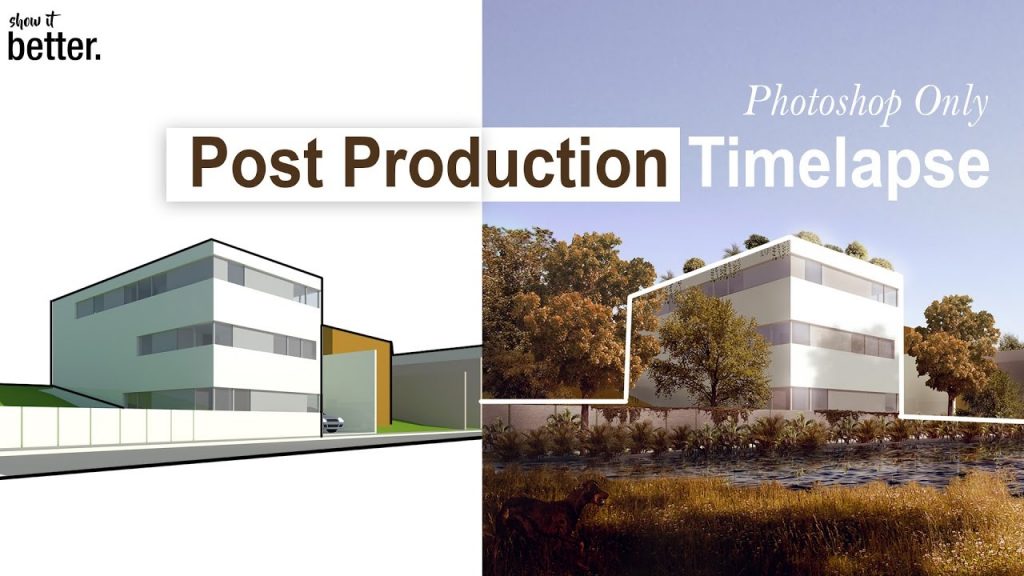
Unless they are designed as virtual tours, 3D rendering images come in the same format as regular photos. So, rendering studios generally use photo-editing programs in post-production. Depending on the desired results, these tools create various effects. The list below explores some of the most popular options.
- Muted colors — Editors apply the muted color effect on some elements or the entire render. For example, they can soften the colors of the background to make the marketed property stand out. Conversely, they can mute the whole image and use it as a background for websites or marketing brochures.
- Vintage effect — The warm color palette this effect carries makes the rendered property appear more realistic. The vignette also draws the eye of the spectator to the center of the image, masking imperfections and omissions.
- Monochromatic effect — Monochromatic and black-and-white post-processing effects have the same impact as vignettes. They give the image a vintage and realistic feel. They’re usually used in various marketing materials.
- High contrast — Editors leverage high-contrast photo-editing effects to make images more striking. This style works best for interior renderings, but you can also find it in less-detailed digital exterior 3D models.
- Atmospheric effect — This effect refers to adding atmospheric details to 3D renderings. These vary depending on the project, but they usually include mist, fog, haze, or rays of sunshine. Each of these details enriches the render in a unique way and creates a particular mood.
Enhance Your Sales Pipeline with Architectural Visualization
Architectural rendering is a great way to showcase every aspect of your real estate listing. We can create 3D images, animations, photomontages, and virtual tours and customize how they look. The proper lighting, camera angle, rendering style, and photo-editing effect can elevate any property and make it more appealing to buyers. Check out the available solutions, choose the most suitable one, and schedule a demo today!
Additional Services
Take Your Marketing Even Further

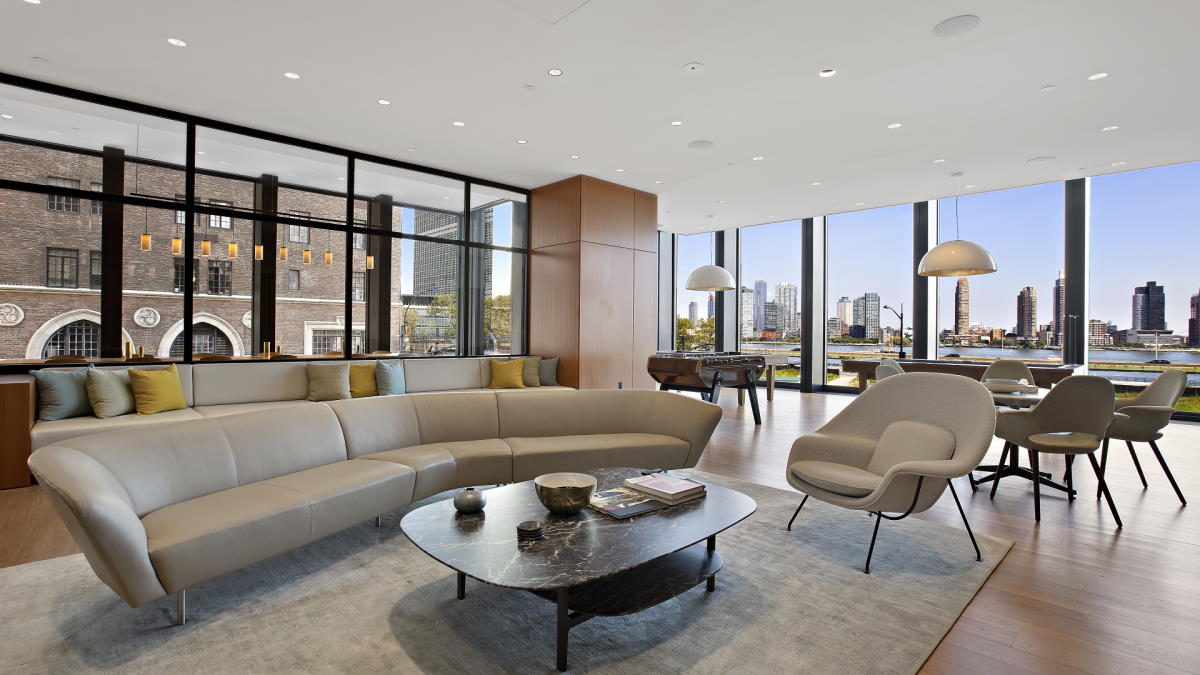
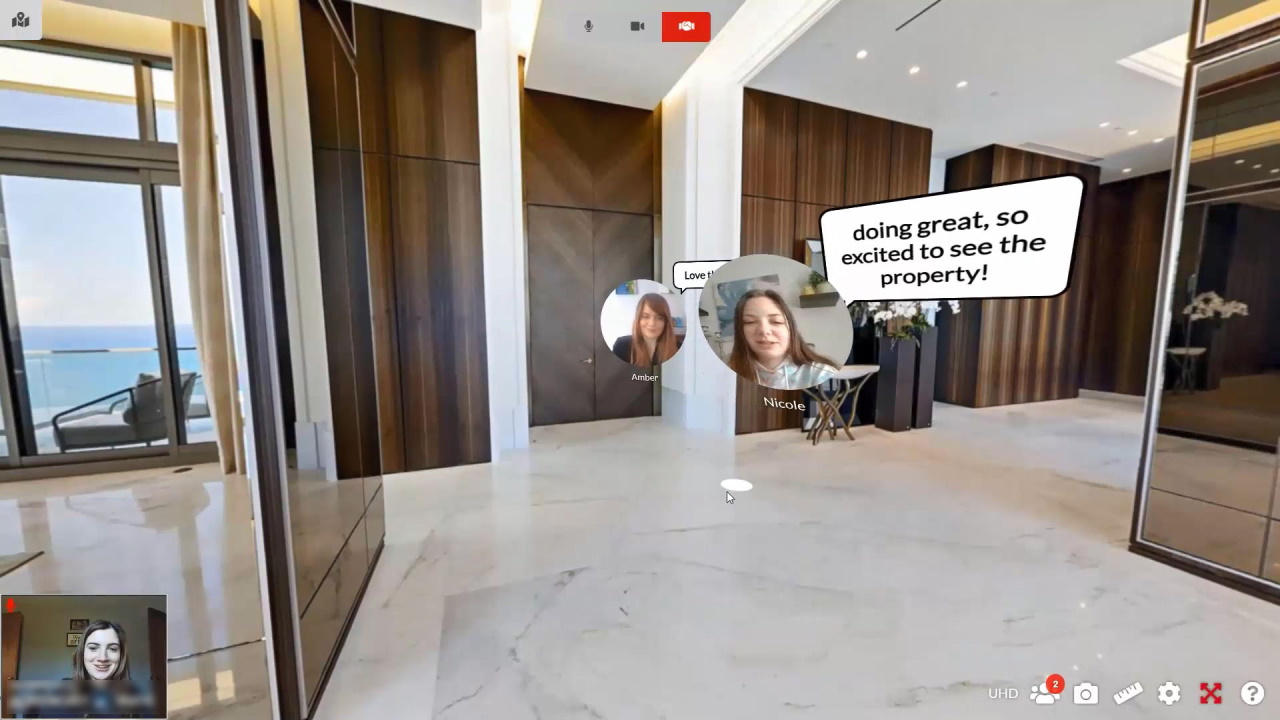



Additional Features at no cost
Part of any package


